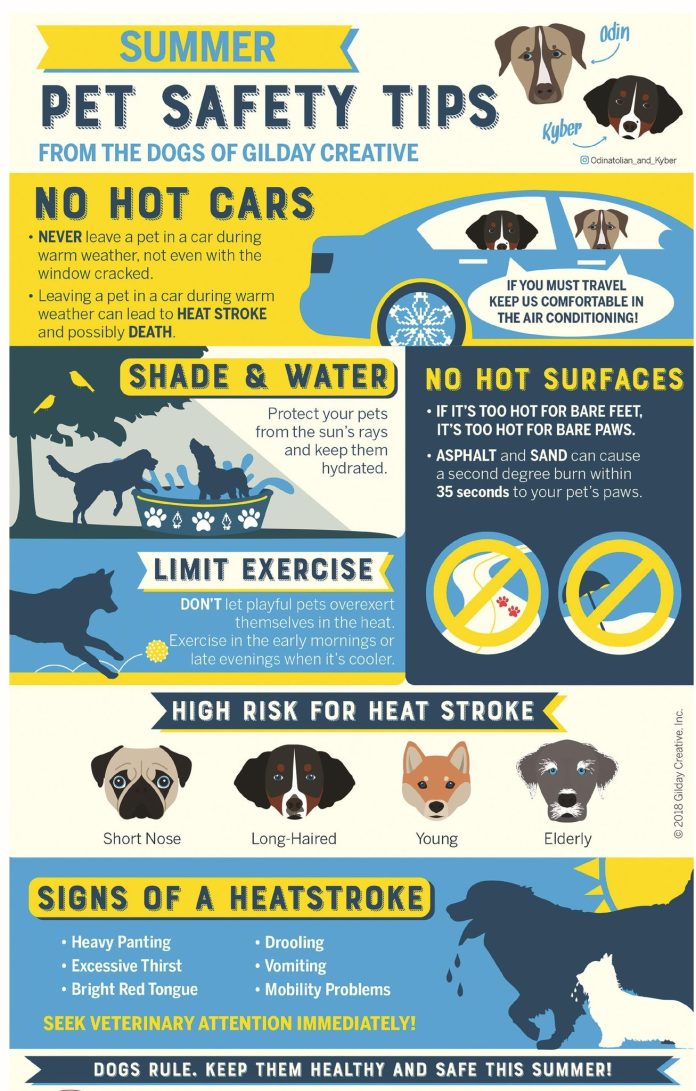As temperatures soar, veterinarians and animal experts are reminding pet owners to take extra steps to protect their furry companions from heat-related illnesses. Extreme heat can be deadly for pets, particularly dogs, who are prone to overheating due to their limited ability to cool themselves.
Key Safety Measures
To keep pets safe, it’s essential to provide shade with proper airflow. Experts warn that dog houses can actually trap heat, becoming dangerously hot because air cannot circulate inside. Similarly, dogs kept in garages or sheds may overheat quickly, even if the space seems cooler at first glance.
“Always provide clean, fresh water,” veterinarians urge. Many dogs also enjoy cooling off in a shallow kiddie pool, which can help regulate their temperature. Pet owners should remember that puppies, elderly dogs, and brachycephalic (smooshed-face) breeds like pugs and bulldogs are at especially high risk of heatstroke and should not be left outside for extended periods.
Signs of Overheating
One early indicator of overheating is a change in a dog’s tongue. While a normal tongue hangs straight out, an overheated dog’s tongue may widen and curl upward at the tip, creating a “spatulate” or spade shape. Other signs include heavy panting, drooling, lethargy, vomiting, and difficulty breathing.
“Check on your pets throughout the day, especially during peak heat,” local animal care officials stress. “If you see these warning signs, move your pet to a cooler area immediately, offer water, and contact a veterinarian.”
Emergency Action
If you see an animal in distress — such as one locked inside a hot car — contact Animal Control or the local police department immediately. Quick action can save a life.
Experts emphasize that “if it’s too hot for you, it’s too hot for them.” Keeping pets inside during the hottest parts of the day, providing plenty of shade, and ensuring easy access to cool water are the best ways to prevent tragedy.






